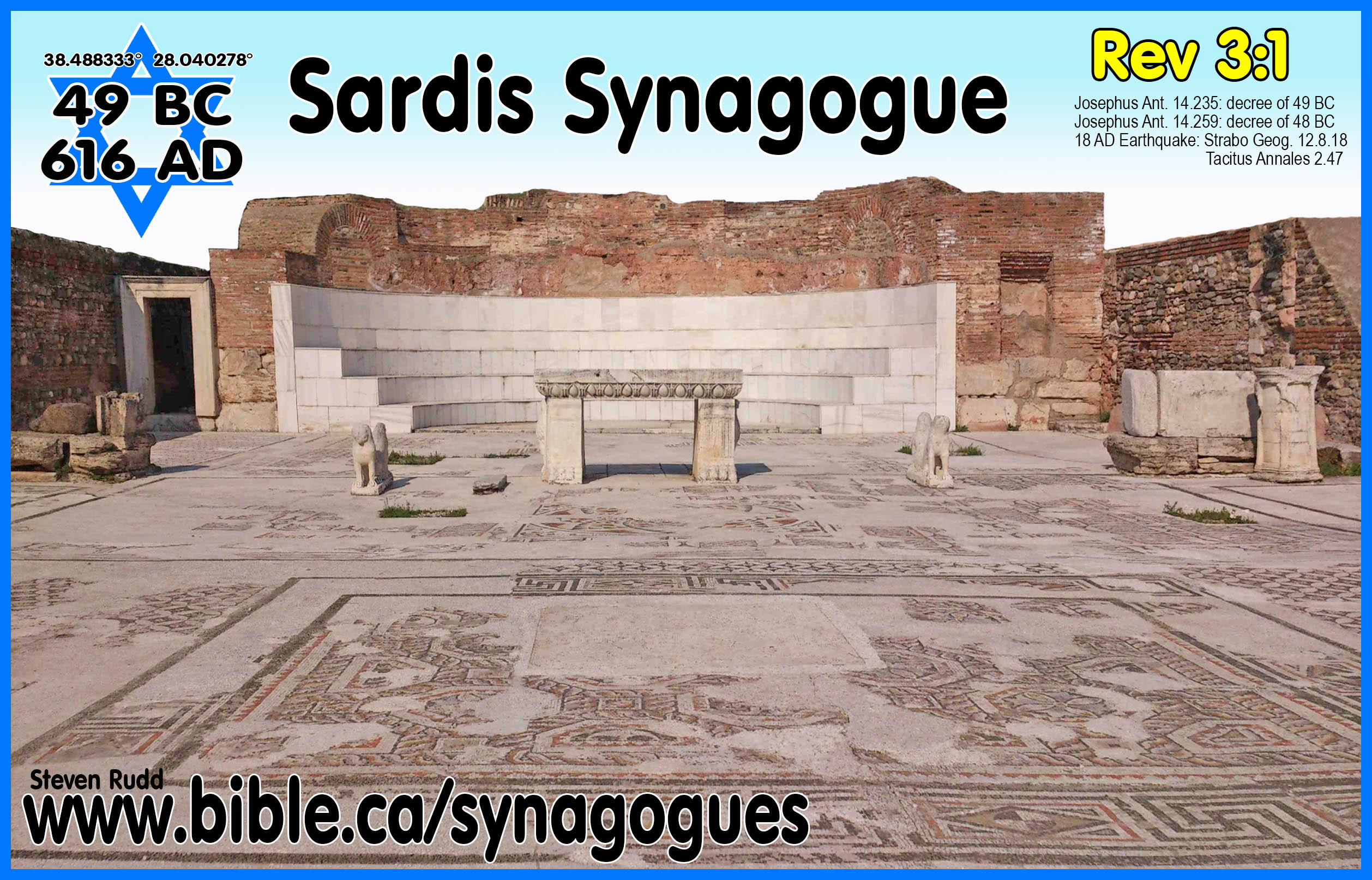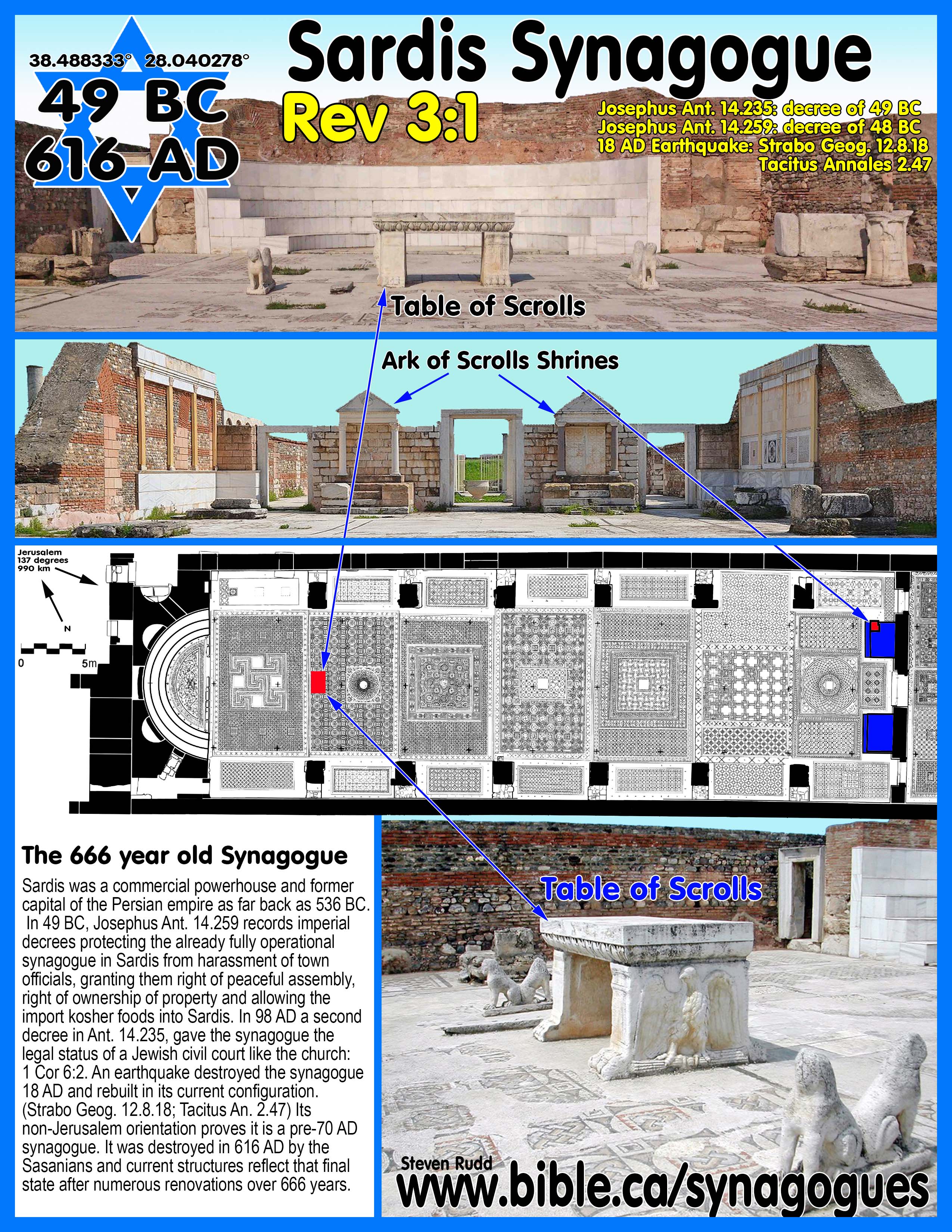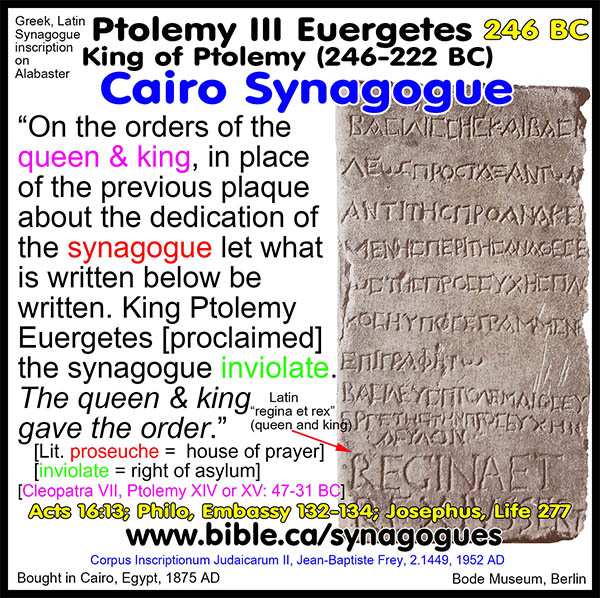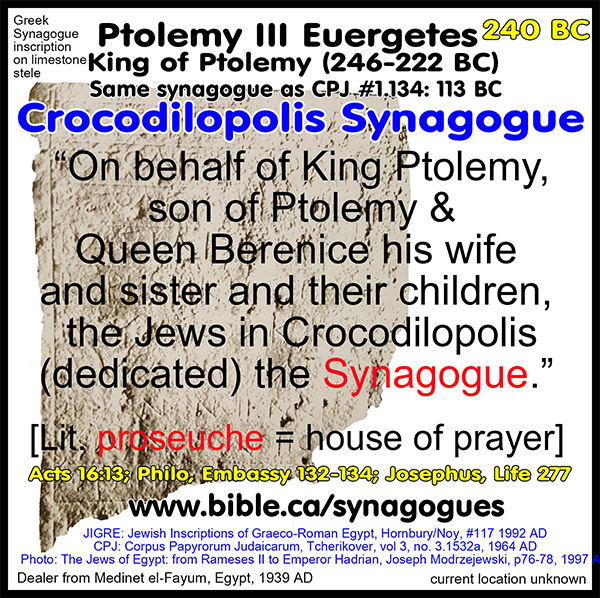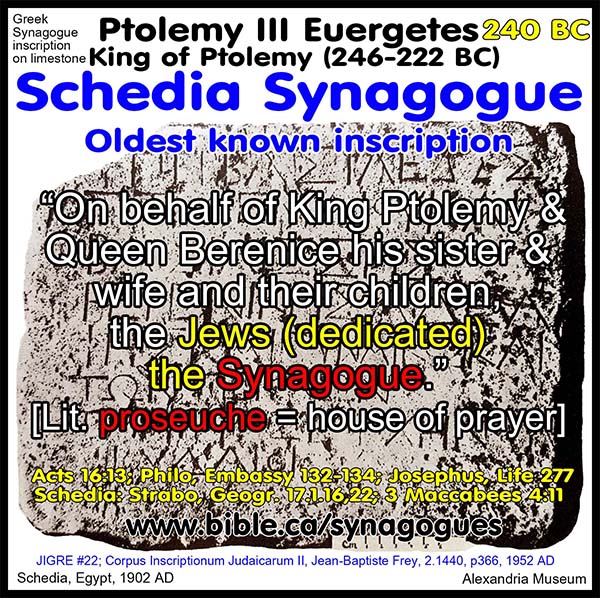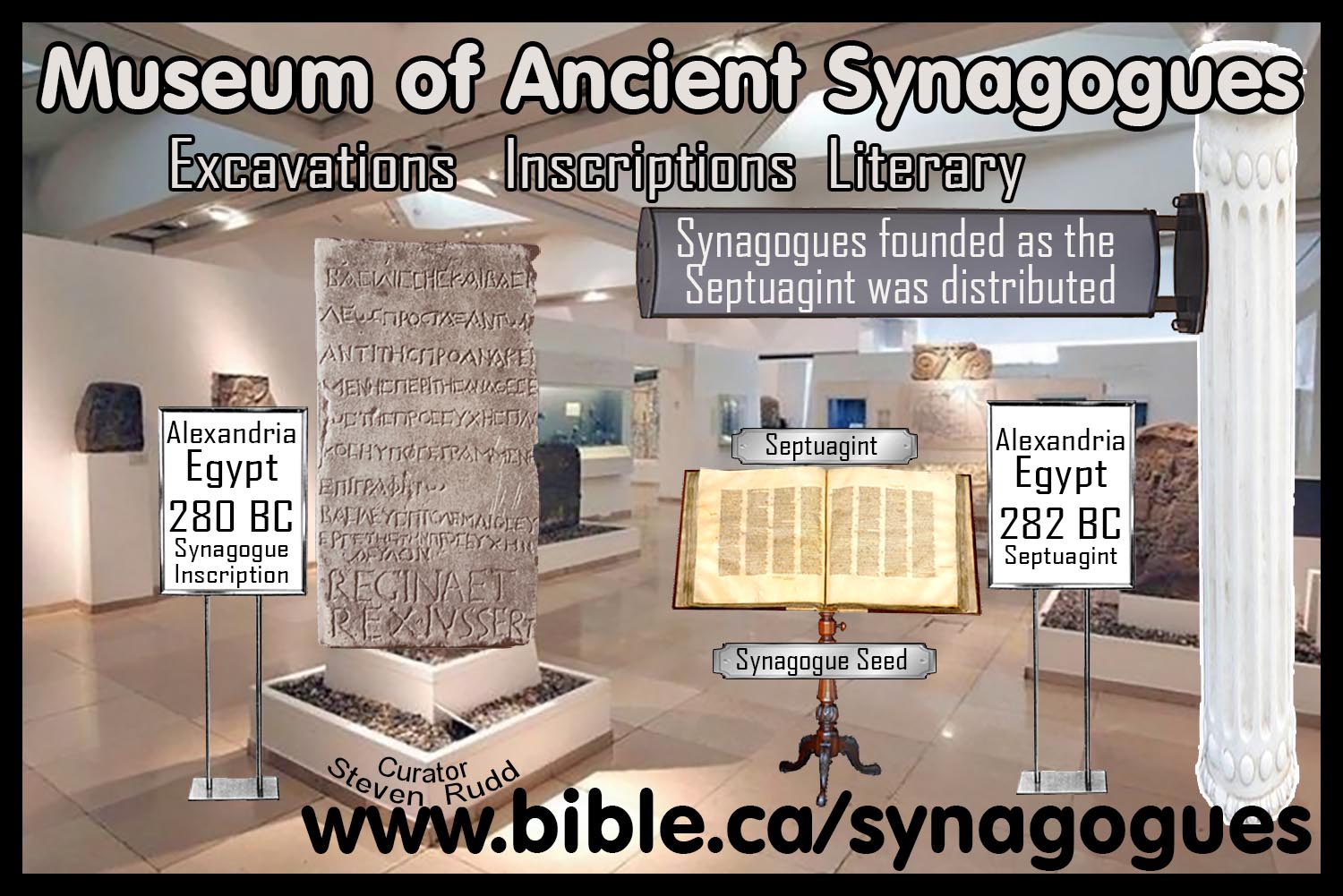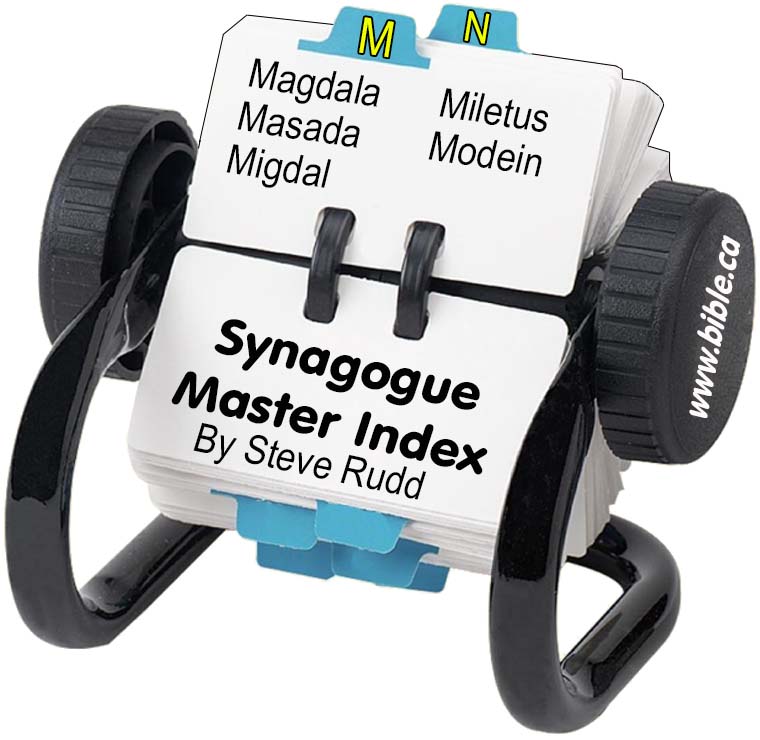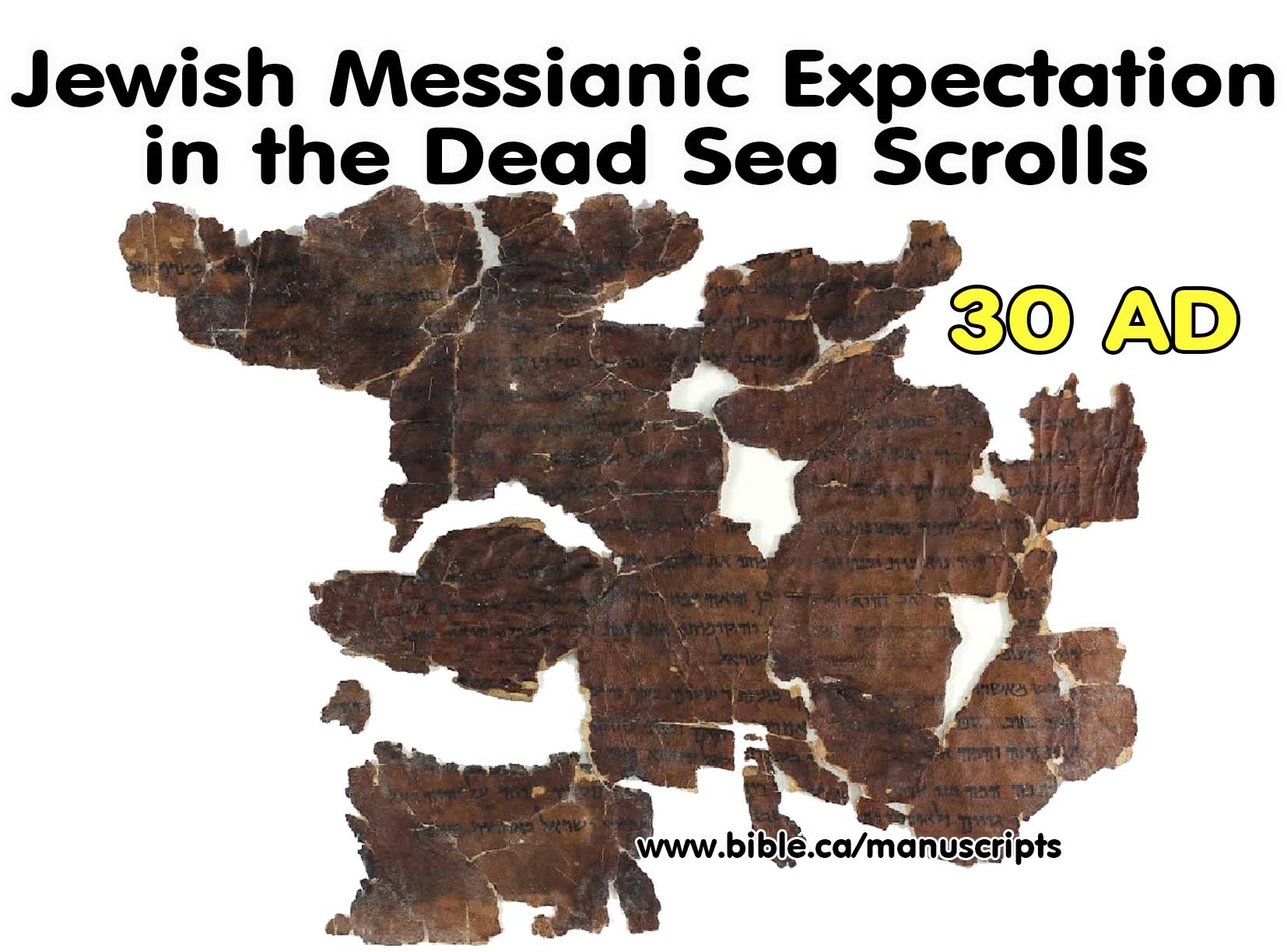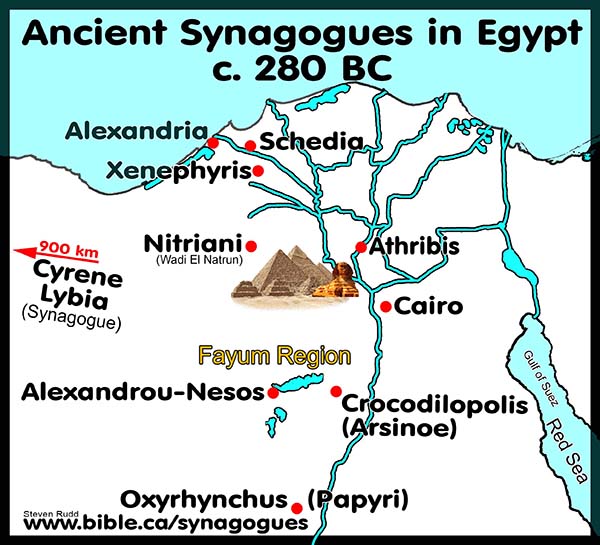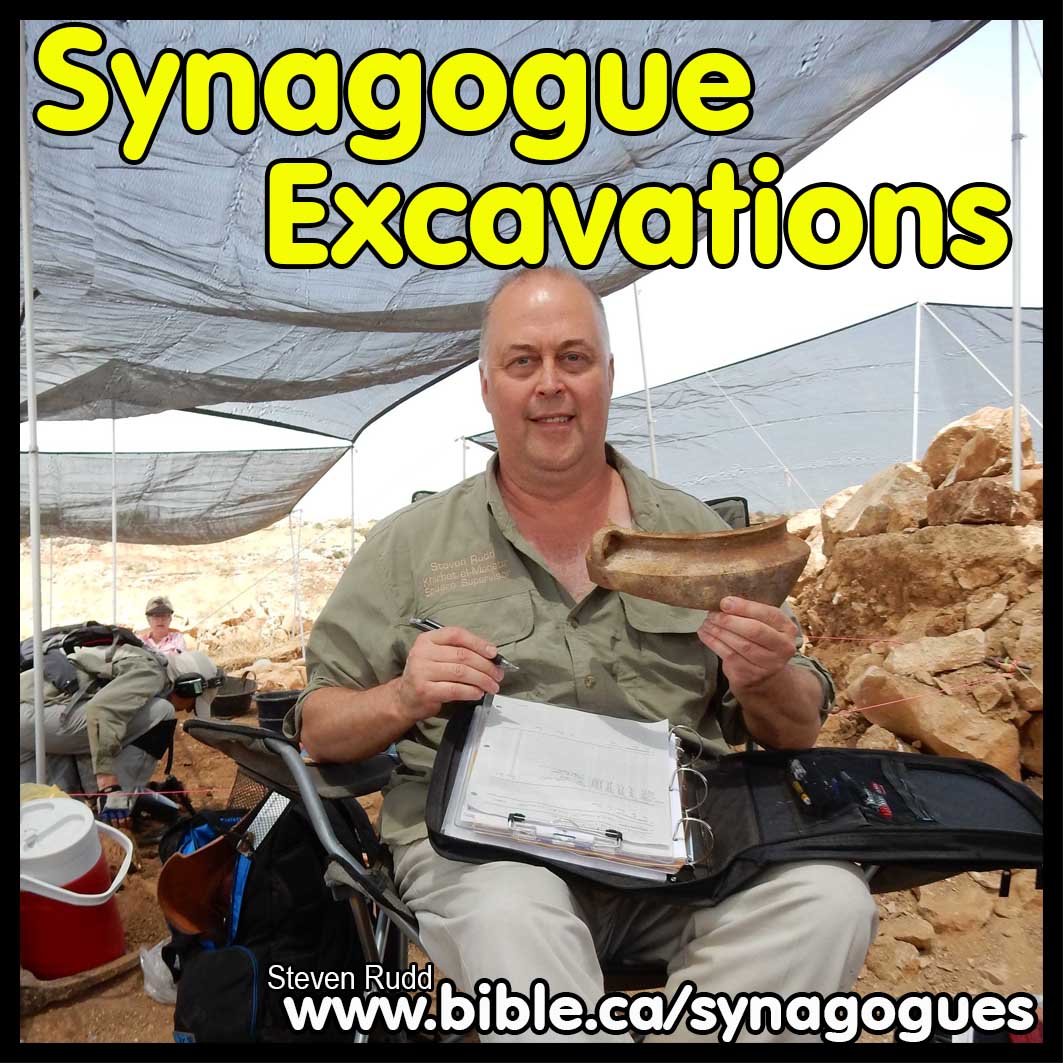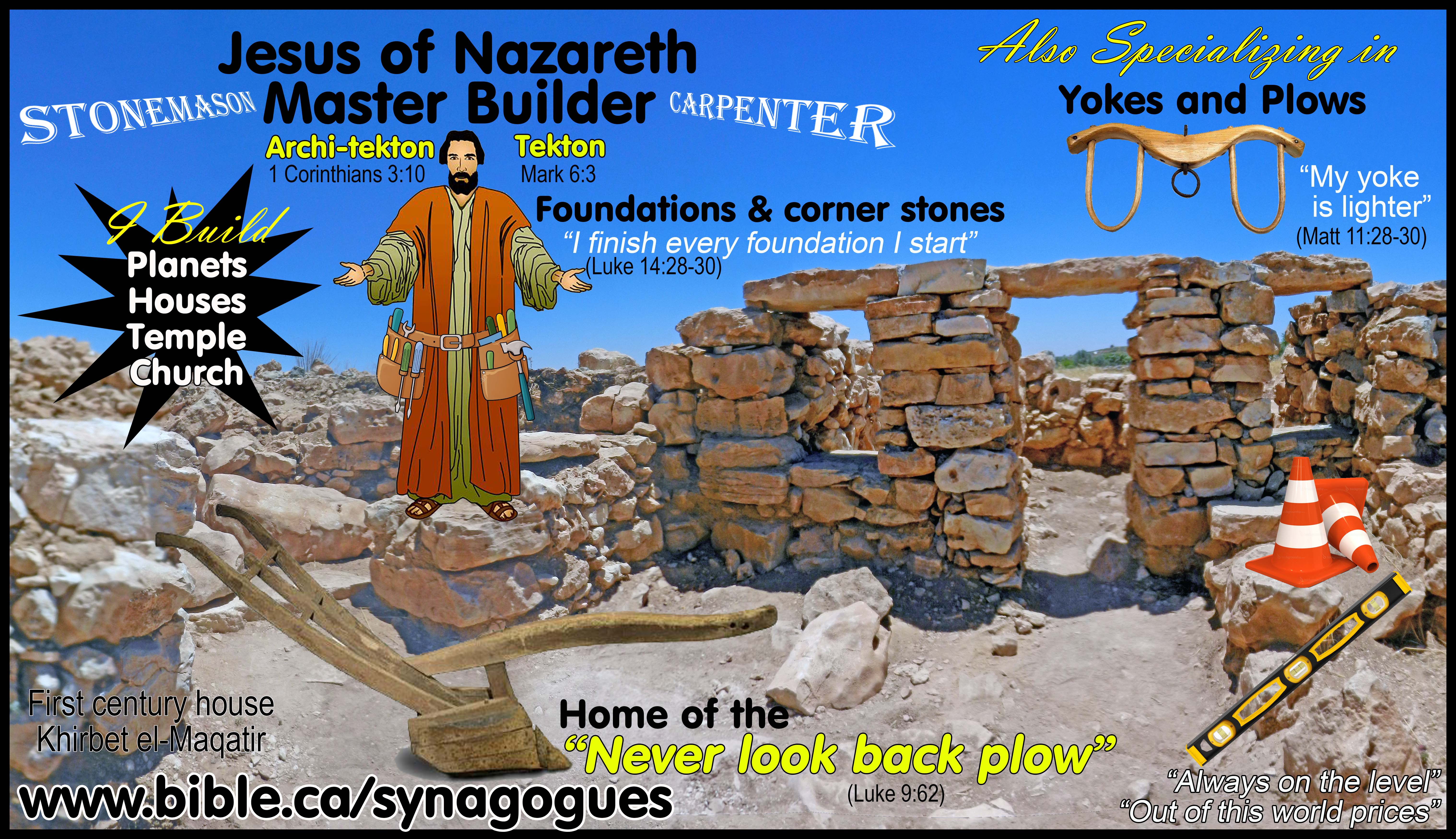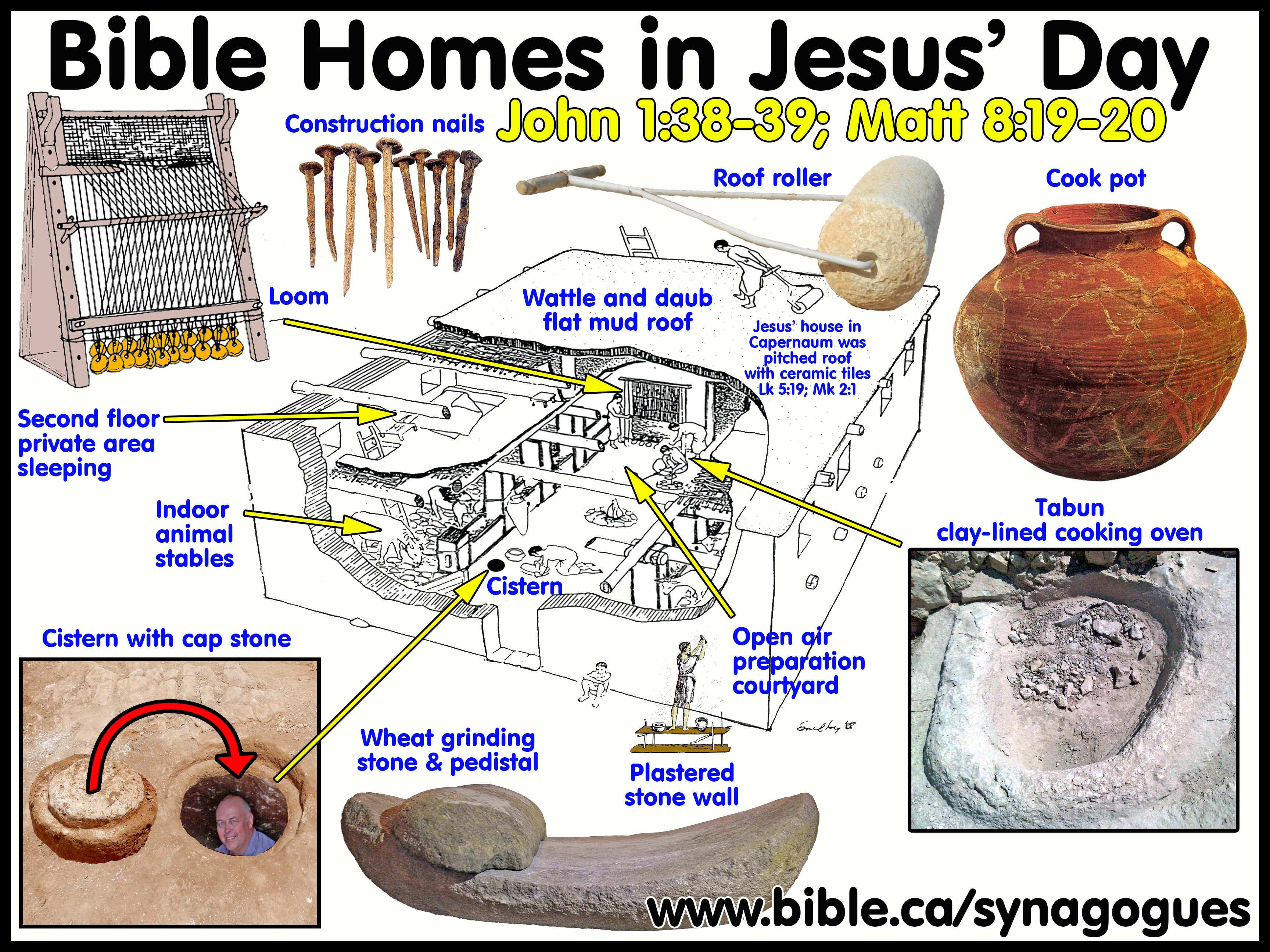First Century Synagogue Top Plans: Sardis, Asia 49 BC
Archeological Excavations of Oldest Synagogues in the world
|
Sardis, Asia 49 BC |
Click on photos for high resolution
1. Location:
a. Sardis is in Asia Minor, in modern Turkey and is one of the seven cities the Book of Revelation was written to in 66 AD to warn the Christians in Jerusalem to flee its destruction in 70 AD.
b. GPS: 38.488333° 28.040278°
2.
With Josephus recording two imperial decrees (49 and 48 BC), we can be
certain the Sardis synagogue existed before 49 BC, even as far back as 220 BC
wherein Sardis joins a family of being among the earliest synagogues on earth.
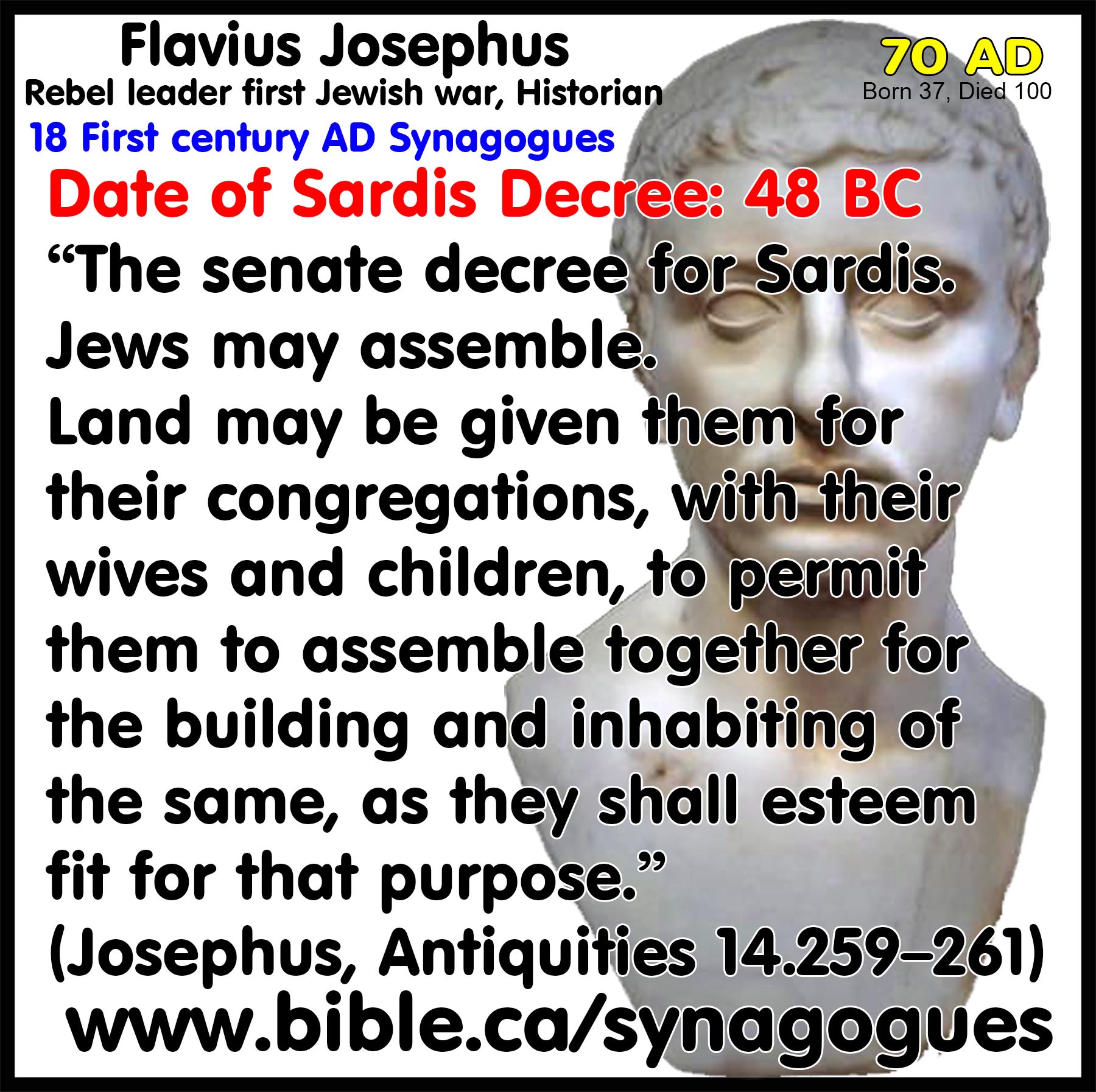
3. The importance of the city of Sardis, as a commercial center of the former capital of the Persian empire which dates back as far as 536 BC, is matched by the Jewish synagogue in Sardis with a continuous 665 year occupation history (49 BC – 616 AD)
4. Although inscriptional evidence from Josephus Antiquities 14.235 makes the existence of a synagogue building certain in 49 BC, the synagogue likely dates back to the time of Seleucid King Antiochus III (223-187 BC) who was contemporary with Ptolemy III who are a major powerhouse in establishing diaspora synagogues.
|
CRITICAL POINT The origin of the Jewish Community at Sardis under Antiochus III (223-187 BC) Coincides with Ptolemy III (246-222 BC) to whom Egyptian Jews Dedicated at least three synagogues to for his support in establishing Diaspora synagogues. |
||
|
|
|
|
5. For those who do not even believe fully functioning synagogues and buildings existed before 70 AD, the Sardis synagogue is the gorilla in the room!
6. Sardis is mentioned only in the Book of Revelation which was written in 66 AD to warn the Jews in Jerusalem to flee the city or die in 70 AD. The strong Jewish tradition of the city made it easy for the Jerusalem Jewish converts to Christianity to feel at home in Sardis, when they followed the Church deacon who brought the letter to Jerusalem, back to Sardis.
A. Earliest Synagogue Occupation Date (SOD) = 49 BC (likely 220 BC)
1. Excavation date: first century
2. Inscriptional date: none
3. Literary date: 49 BC, but likely dates back to 220 BC.
4. SOD computation system details: Excavation date + Inscriptional date + Literary date = SOD.
B. Synagogue Compass Orientation:
1. Orientation East or towards Jerusalem: No.
2. Compass headings:
a. Compass heading towards Jerusalem: 137 Degrees.
b. Distance to Jerusalem: 990 Kilometers.
3. When an archeologist begins excavating a newly discovered synagogue, the first thing he does to determine if it is a first temple, pre-70 AD installation is determine the orientation.
a. If the synagogue points east it is not pre-70 AD but built after 200 AD.
b. If the synagogue is oriented towards Jerusalem it is not pre-70 AD but built after 200 AD.
4. See Orientation: Early Synagogues did not Point to Jerusalem
C. Bible and other Literary references:
1. The New Testament:
a. “To the angel of the church in Sardis write: He who has the seven Spirits of God and the seven stars, says this: ‘I know your deeds, that you have a name that you are alive, but you are dead. ‘Wake up, and strengthen the things that remain, which were about to die; for I have not found your deeds completed in the sight of My God. ‘So remember what you have received and heard; and keep it, and repent. Therefore if you do not wake up, I will come like a thief, and you will not know at what hour I will come to you. ‘But you have a few people in Sardis who have not soiled their garments; and they will walk with Me in white, for they are worthy. ‘He who overcomes will thus be clothed in white garments; and I will not erase his name from the book of life, and I will confess his name before My Father and before His angels. ‘He who has an ear, let him hear what the Spirit says to the churches.’" (Revelation 3:1-6)
2. The two imperial decrees for the Sardis Synagogue as recorded by Josephus:
a. 49 BC: “Lucius Antonius, the son of Marcus, vice-quaestor, and vice-pretor, to the magistrates, senate, and people of the Sardians, sendeth greeting. Those Jews that are our fellow-citizens of Rome, came to me, and demonstrated that they had an assembly [synagogue] of their own, according to the laws of their forefathers, and this from the beginning, as also a place of their own, wherein they determined their suits and controversies with one another. Upon their petition therefore to me, that these might be lawful for them, I give order that these their privileges be preserved, and they be permitted to do accordingly.” (Josephus Antiquities 14.235: decree of 49 BC)
b. 48 BC: “The decree of the Sardians. “This
decree was made by the senate and people upon the representation of the
praetors:—Whereas those Jews who are our fellow-citizens, and live with us in
this city, have ever had great benefits heaped upon them by the people, and
have come now into the senate, (260) and desired of the people, that upon the
restitution of their law and their liberty, by senate and people of Rome, they
may assemble [synagogue] together,
according to their ancient legal custom, and that we will not bring any suit
against them about it; and that a place may be given
them where they may have their congregations, with their wives and children,
and may offer, as did their forefathers, their prayers and sacrifices to God.
(261) Now the senate and people have decreed to permit them to assemble
together on the days formerly appointed, and to act according to their
own laws; and that such a place be set apart for them
by the praetors [city officials], for the building and inhabiting the same, as they shall
esteem fit for that purpose: and that those that take care of the provisions for the city,
shall take care that such sorts of food as they esteem
fit for their eating, may be imported into the city.” (Josephus,
Antiquities 14.259–261: decree: 48 BC)

3. The imperial decree recorded in Josephus, Antiquities 14.259–261: decree: (48 BC) demonstrates the following worship and functions of first century synagogues:
a. Men, women and children worshipped in Synagogues:
i. See also: Women Seating in Synagogues: Not segregated from men
ii. See also: Role of Women and Children in Synagogues: Never leaders, preachers but never segregated
b. Synagogues were full blown civil courts for internal non-religious legal disputes which became a prototype for the Church court of 1 Cor 6
i. See also: Civil Court: Judgements, beatings and scourging in Synagogues
ii. Civil courts in the church: "Does any one of you, when he has a case against his neighbor, dare to go to law before the unrighteous and not before the saints? Or do you not know that the saints will judge the world? If the world is judged by you, are you not competent to constitute the smallest law courts? Do you not know that we will judge angels? How much more matters of this life? So if you have law courts dealing with matters of this life, do you appoint them as judges who are of no account in the church? I say this to your shame. Is it so, that there is not among you one wise man who will be able to decide between his brethren, but brother goes to law with brother, and that before unbelievers?" (1 Corinthians 6:1–6)
D. Occupation history:
1. The synagogue underwent a series of renovations over its 665 year occupation history.
2. Sardis was a commercial powerhouse and former capital of the Persian empire as far back as 536 BC.
3. The beginnings of the Jewish settlement in Sardis are believed to belong to the 3rd century BC, when Jews from Babylonia and other countries were encouraged to settle in the city by the Seleucid King Antiochus III (223-187 BC) who was contemporary with Ptolemy III who are a major powerhouse in establishing diaspora synagogues.
4. In 49 AD Josephus Antiquities 14.235 records the imperial degree that granted the Jewish synagogue the legal status of a Jewish civil court like the church: 1 Cor 6:2.
5. In 48 BC, Josephus, Antiquities 14.259–261 records a second imperial decrees protecting the already fully operational synagogue in Sardis from harassment of town officials, granting them right of peaceful assembly, right of ownership of property and allowing the import kosher foods into Sardis.
6. The great Earthquake of 17 AD: The synagogue was destroyed in 17 AD by and earthquake. (Strabo Geog. 12.8.18; Tacitus An. 2.47)
a. “That same year [17 AD] twelve famous cities of Asia fell earthquake in the night, it was more unforeseen. assisted his escape into the open in such a case, nor to rush to the usual, because it is divided, and the lands of perpetually sinking in. they had sat together upon a mountain, were seen in a steep, which planes there are, the ruin of the fire shone among the whole State. of mercy, and drew it in the Sardis and the taint, for the most part in the pursuit of the same: For he promised millions in Caesar, a hundred times, and the amount of the treasury or to the Treasury, were hanged in the five-year sent him home. Drips near the magnets of loss and redemption as well. It was decided, to be exempted, the people of Apollonis, with the towns of nor the Macedonians had Hyrcanus in the are called, and Hierocaesariam, Larissa, Myrina, Tmolus, were it to be taken for the same time be sent from the Senate to examine the forced labor, which is to examine and to relieve them. Marcus Aletus ex-praetors, not even an ex-consul and then governor of Asia, a competition for a match between the obstacle to action was started.” (Tacitus, Annales 2.47)
b. “Phrygia Catacecaumene, (or the Burnt,) which is occupied by Lydians and Mysians, obtained this name from something of the following kind. In Philadelphia, a city adjoining to it, even the walls of the houses are not safe, for nearly every day they are shaken, and crevices appear. The inhabitants are constantly attentive to these accidents to which the ground is subject, and build with a view to their occurrence. Apameia among other cities experienced, before the invasion of Mithridates, frequent earthquakes, and the king, on his arrival, when he saw the overthrow of the city, gave a hundred talents for its restoration. It is said that the same thing happened in the time of Alexander; for this reason it is probable that Neptune is worshipped there, although they are an inland people, and that it had the name of Celænæ from Celvanus, the son of Neptune, by Celæno, one of the Danaides, or from the black colour of the stones, or from the blackness which is the effect of combustion. What is related of Sipylus and its overthrow is not to be regarded as a fable. For earthquakes overthrew the present Magnesia, which is situated below that mountain, at the time that Sardis and other celebrated cities in various parts sustained great injury. The emperor [Tiberius] gave a sum of money for their restoration, as formerly his father had assisted the Tralliani on the occurrence of a similar calamity, when the gymnasium and other parts of the city were destroyed; in the same manner he had assisted also the Laodiceans.” (Strabo, Geogr. 12.8.18)
7. After this earth quake of 17 AD and during the life of Jesus Christ, the Sardis synagogue was rebuilt into its current configuration.
8. The Synagogue building of Sardis was destroyed in 616, when the city was captured by the Sasanian Persians.
9. It was never rebuilt and the Jewish community of Sardis ceased to exist.
E. Excavation details:
1. The Table of the Scrolls:
a.
See also: Table of the Scrolls: Prototype
of Communion Table
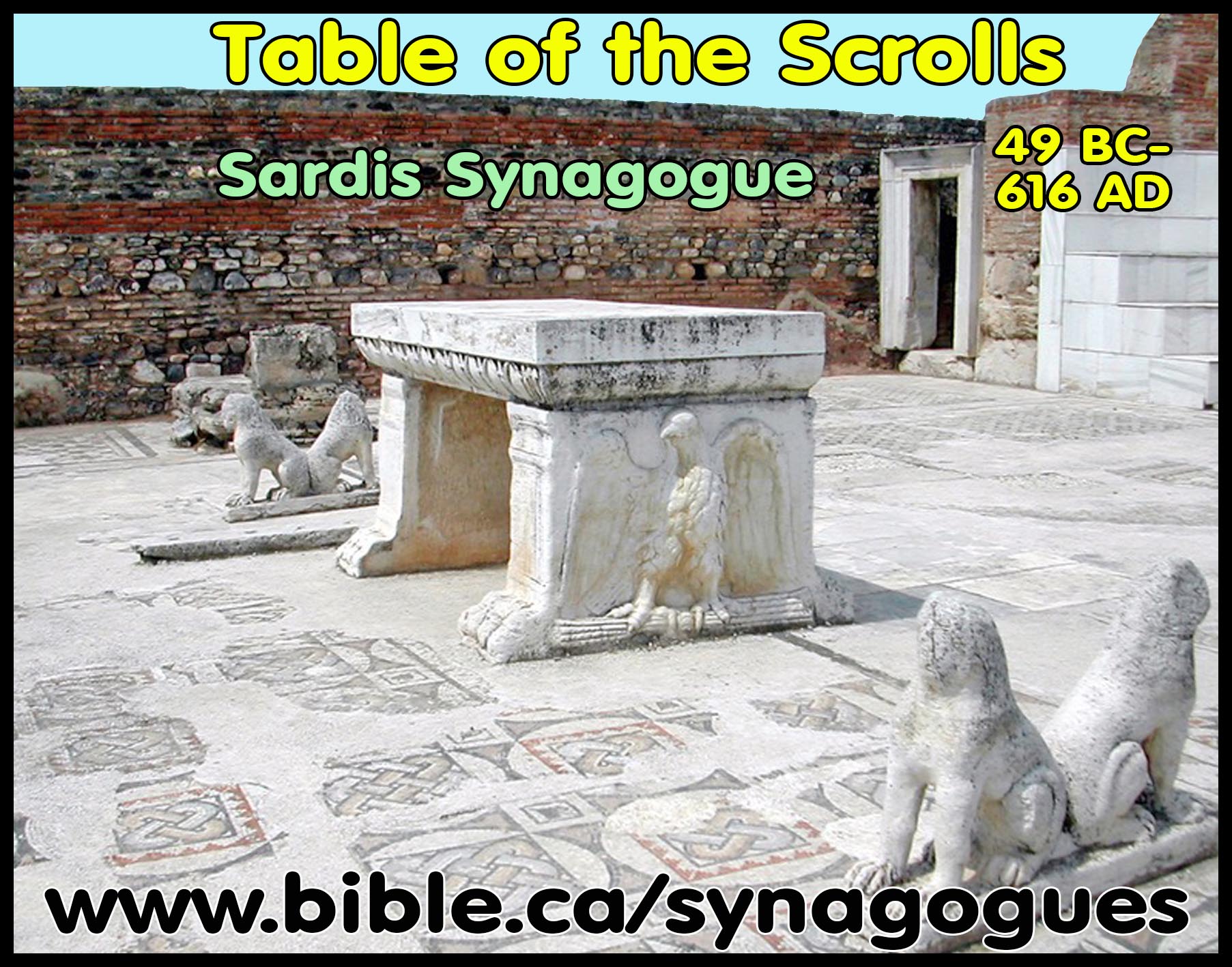
2. Ark of the Scrolls:
a.
See also: Niches & Ark of The Scrolls: Prototype
of Church Apse
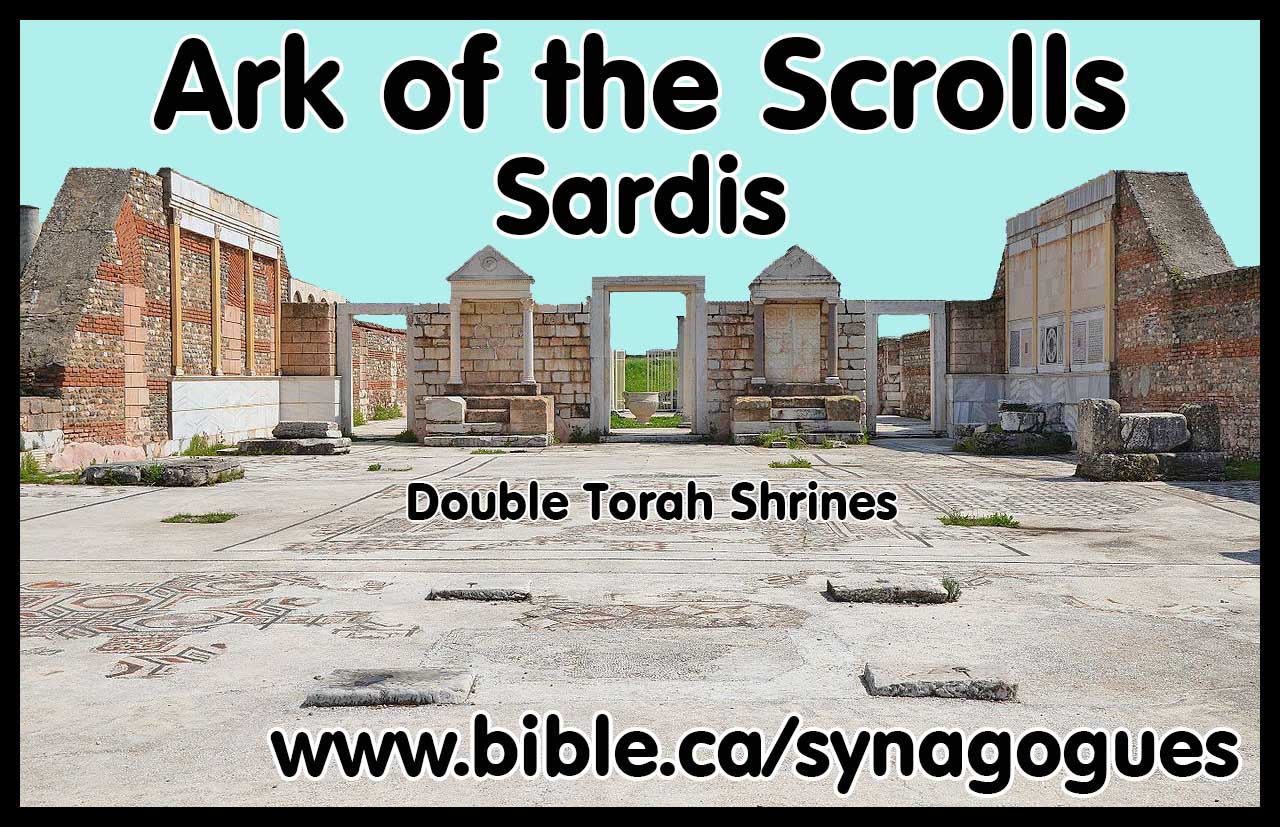
b.
Here are other Torah Shrines in other synagogues:
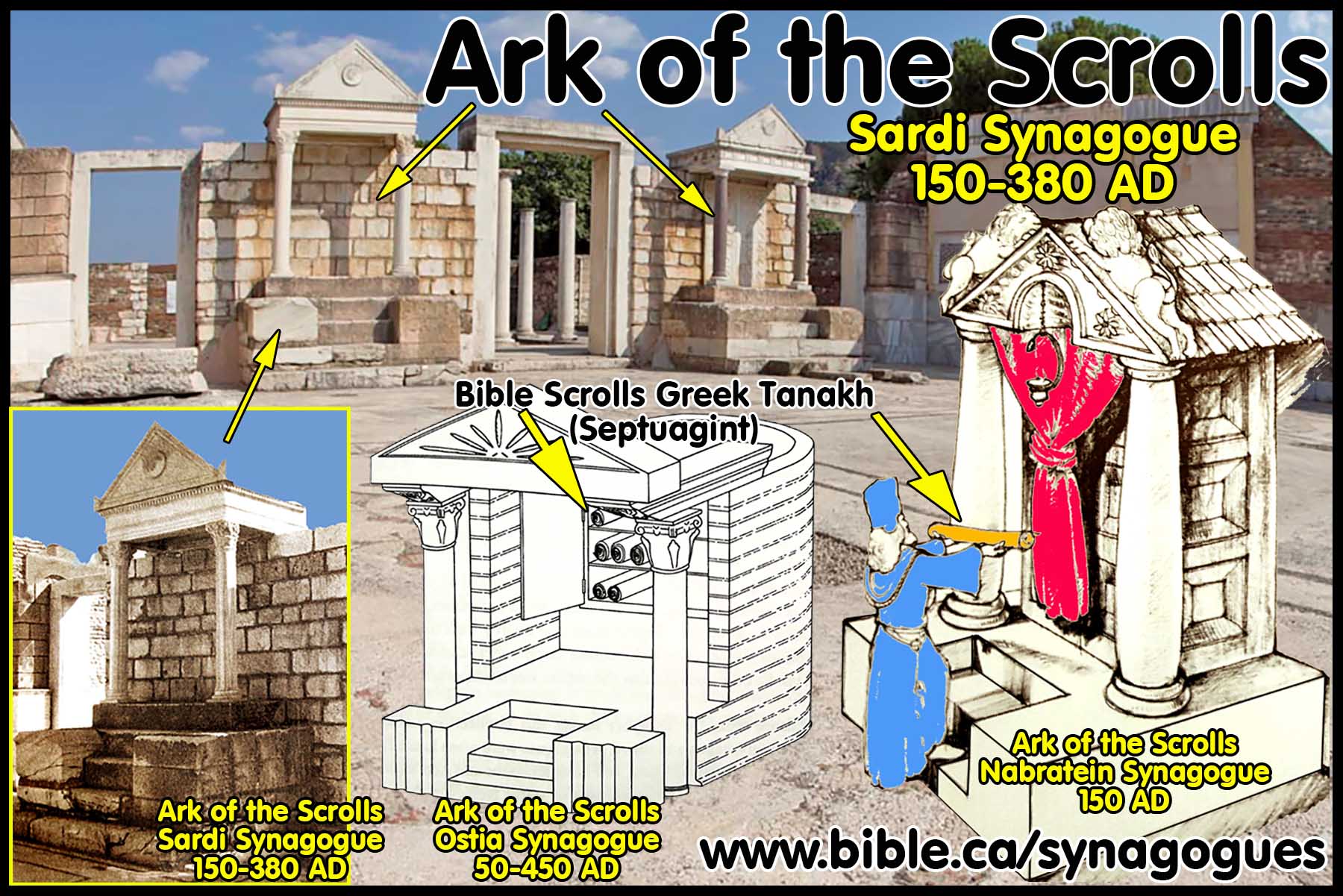
3. “The city of Sardis, formerly the capital of the Lydian empire, had a long history as a thriving commercial centre, thanks to its location on the main road system near the junction of routes from the coastal cities of Ephesus and Smyrna. Although little evidence has survived concerning guilds there, we do know of a group of Roman merchants and a guild of slave-traders from inscriptions. The latter group joined with the assembly of citizens in the first century in order to honour a prominent benefactor: “According to the decree passed by the assembly, the people of the Sardians honoured T. Julius Lepidus, the emperor-loving high-priest of both Asia and the city and foremost man of the city, because of his love of glory and unmatched goodwill towards the homeland. Those engaged in business in the slave-market set up this honour from their own resources” (SEG 46 1524). There were also associations devoted to Apollo, Zeus, Attis, and the Jewish God (both Jews and Christians) in the Roman period. Despite its economic advantages, Sardis was also located in an area susceptible to earthquakes. As both Tacitus and Strabo record, the massive earthquake of 17 CE was particularly devastating for Sardis (Strabo, Geography 12.8.18; Tacitus, Annals 2.47). A massive re-building program was begun with the financial assistance of emperor Tiberius who provided the city with ten million sesterces. Of particular interest to us here is the construction of the bath-gymnasium complex in the wake of this re-building effort, which eventually came to house the local Jewish group (by the late-third or early-fourth century). Like the theatre and stadium, the bath-gymnasium was an important institution within the Greek cities of Asia Minor. It was in multi-purpose bath-gymnasia that organizations of boys (paides), youths (epheboi), young men (neoi), and elders (gerontes) engaged in education, discussion, exercise, and various other social activities. Construction on the foundations of the bath-gymnasium centre at Sardis began in the first century and continued into the second and third centuries. An inscription on a statue base, which was dedicated to emperor Lucius Verus, suggests a date of about 166 CE for the completion of the main structures of the bath-gymnasium complex, including the Roman baths in the western end. Beginning in the early third century, the so-called “marble court” (designed for imperial cult activities -- see photo) and the colonnaded exercise area (palaestra) were added. There were also shops flanking the southern side of the complex in use by the second century; the shops presently visible after excavations are from a later time in the Byzantine era, however. With the completion of the main structures, the complex measured 120 metres by 170 metres (a large building for the time). (Associations, Synagogues, and Congregations, Philip A. Harland, 2013)
4. “The construction of the Roman bath and gymnasium complex was undertaken after a strong earthquake rocked Sardis in 17 C.E. The excavations revealed the remains of at least three successive buildings below the synagogue. During these earlier phases (called "stages" by the excavators), the structure apparently was not used as a synagogue but was part of the bath and gymnasium complex. Only in the fourth and final stage did the building definitely serve as a synagogue. During the first stage, three rooms of roughly equal size occupied the south side of the palaestra, opposite a similar group of rooms on the north side. These rooms must have been used for bathing and gymnastic activities. According to the excavators, construction of stage I began after the earthquake of 17 and continued well into the second century. The stage I building was never completed in its originally intended form. Some of the foundations begun according to that plan were abandoned, and the dividing walls above the floor level were razed. The new stage 2 building consisted of a small vestibule that opened onto the street to the east and a long basilica hall on the west. The hall was divided into a nave and two aisles by two rows of columns. Portions of a marble pavement were found in the nave. An apse with three niches and two diagonal passageways were installed in the western end of the basilica. The plan suggests that this building functioned as a Roman civil basilica with a tribunal in the apse and statues of divinities or emperors displayed in the niches. According to the excavators, the stage 2 building was still under construction in the early part of the third century. The stage 3 building is attested by the remains of marble revetments installed after the dividing wall between the vestibule of stage 2 was torn down. The excavators noted that there is no evidence for the function of the building in this stage. The dating evidence for stage 3 comes from one area in the main hall, where the excavators discovered coins that appeared to be stratified (in two different layers) below the mosaics. Most of these coins were found immediately below the mosaics. However, eight coins were found at or near the bottom of this layer. The discovery suggested to the excavators that these coins belong to the bedding of the floor of the stage 3 building, which was torn up and replaced by the mosaics of stage 4. Since the latest of the eight coins dated to 270 C.E., this is the date the excavators assigned to stage 3. The stage 4 building, which was definitely used as a synagogue now underwent a thorough remodeling that involved the creation of a forecourt and the addition of interior decoration and furniture.” (The Date of the Sardis Synagogue in Light of the Numismatic Evidence, Jodi Magness, American Journal of Archaeology, Vol. 109, No. 3, p444 2005 AD)
5. Response to Jodi Magness’ reductionist redating scheme:
a. “One of the most well-known debates about synagogue dating concerns the synagogues excavated as part of the Meiron Excavation Project. According to the excavators, Eric Meyers, Carol Meyers, James Strange, and Thomas Kraabel, these buildings were constructed in the second and third centuries C.E. Jodi Magness, however, claims that the archaeological evidence supports moving the construction dates into the late-fourth, fifth, and even sixth centuries C.E. This article addresses a methodological issue that significantly affects how we should interpret the competing historical conclusions. Whereas the excavators’ chronologies are based on evidence that includes the excavation experience, notes taken in the field, discussions in the field and in the lab, unpublished photos and drawings, personal correspondence, etc., the revised chronologies are based primarily on the published evidence. The problem for the revised chronologies [ie. with Jodi Magness] is that archaeological data deteriorate from excavation to publication, which means that the two sides of the debate are not basing their conclusions on the same evidence. Using unpublished data from the Khirbet Shemaʿ and Gush Halav excavations, this article shows why traditional print archaeological publications are insufficient as sources of data when writing alternative interpretations of archaeological evidence. It also provides evidence that pushes the dating of the Khirbet Shemaʿ and Gush Halav synagogues in the direction of the excavators’ original conclusions.” (Debating Ancient Synagogue Dating: The Implications of Deteriorating Data, Chad Spigel, BASOR No. 376, November 2016 AD)
Conclusion:
1. The Sardis synagogue which was in full operation in 49 BC, is an example case in point that ARCHEOLOGY is an incomplete science when isolated from literary sources.
2. See also: First Century Jewish Messianic Expectation: As witnessed in the Dead Sea scrolls.
By Steve Rudd 2017: Contact the author for comments, input or corrections
|
Jesus your messiah is waiting for you to come home! |
|
|
Why not worship with a first century New Testament church near you, that has the same look and feel as the Jewish Synagogue in your own home town. As a Jew, you will find the transition as easy today as it was for the tens of thousands of your forefathers living in Jerusalem 2000 years ago when they believed in Jesus the Nazarene (the branch) as their messiah. It’s time to come home! |
|
By Steve Rudd: Contact the author for comments, input or corrections.
Go to: Main Ancient Synagogue Start Page
